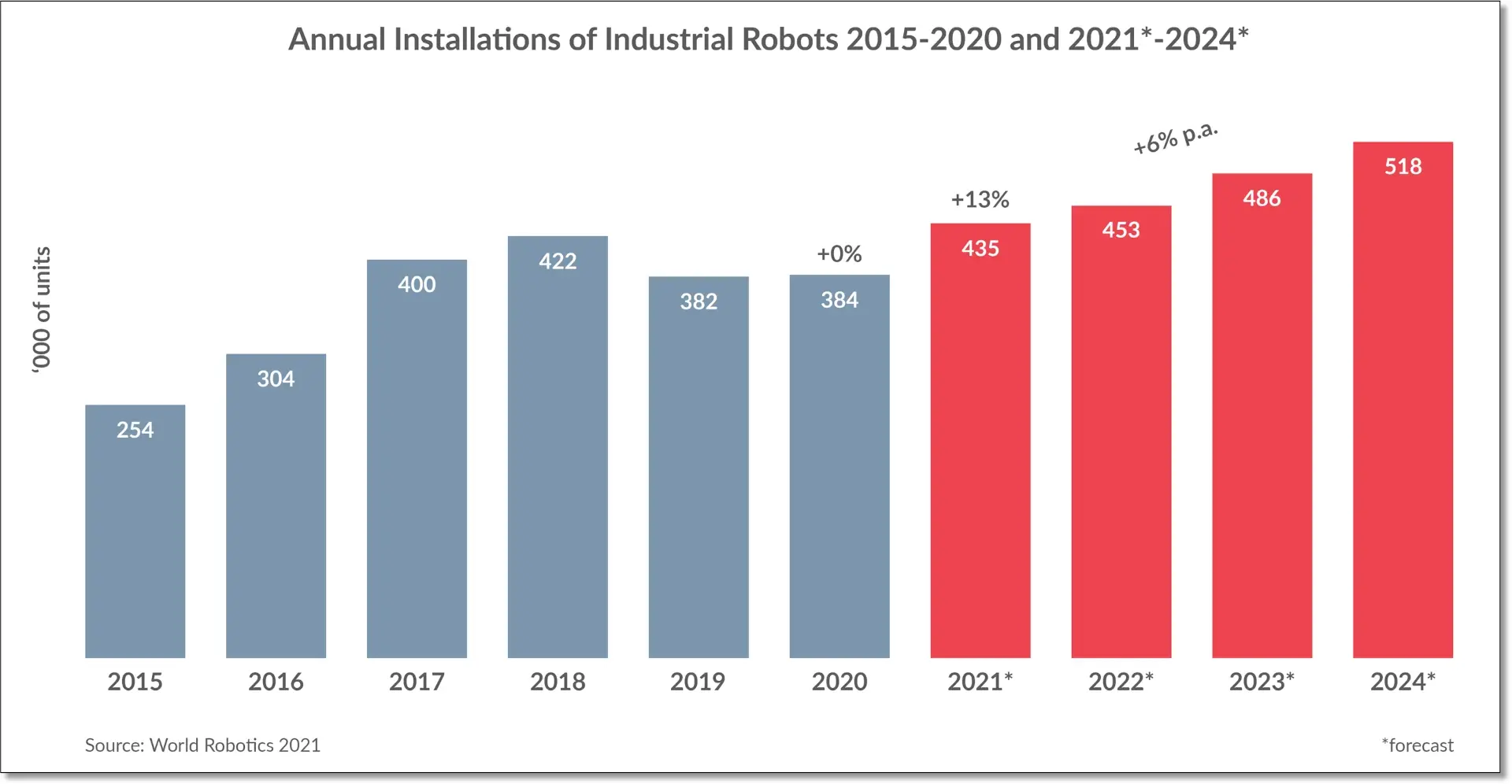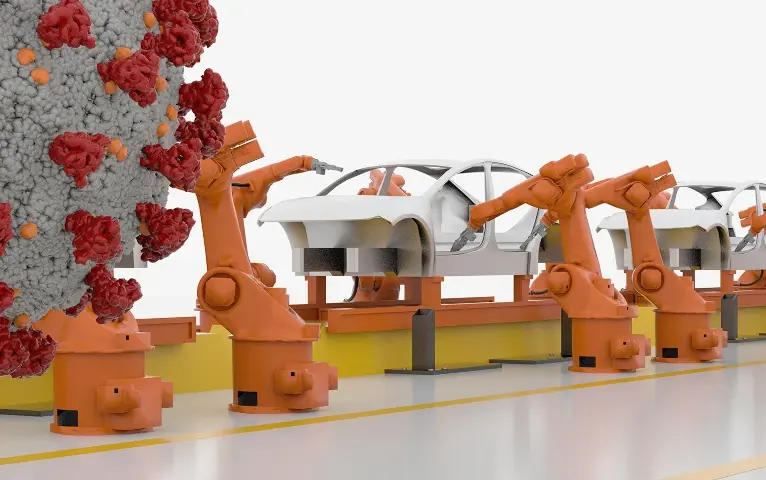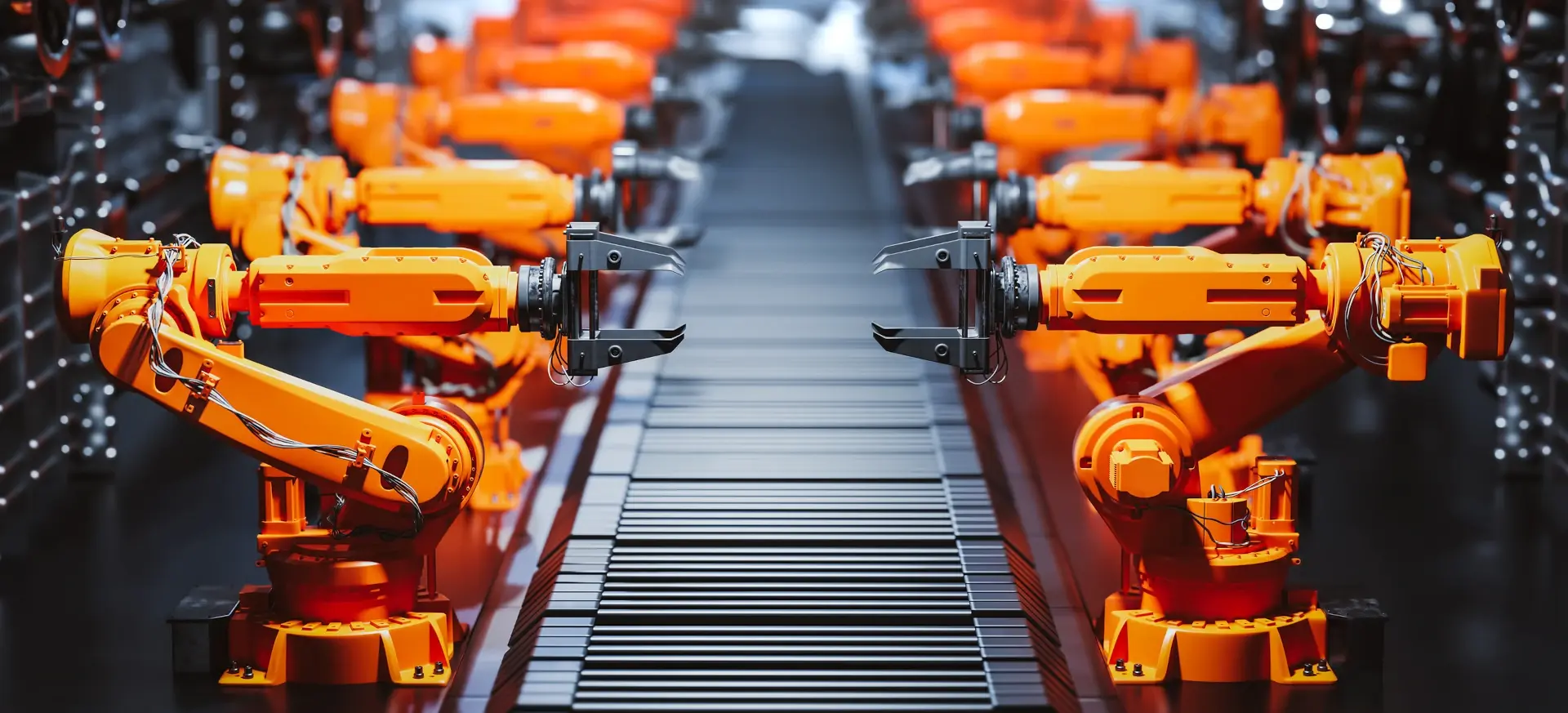The World Robotics 2021 Industrial Robots report shows a record of 3 million industrial robots operating worldwide – an impressive 10% increase from the previous year.
 Why Industrial Robotics is Experiencing Steady Growth
Why Industrial Robotics is Experiencing Steady Growth

Gilberto Garcia-Vazquez | MacroFab
The World Robotics 2021 Industrial Robots report shows a record of 3 million industrial robots operating worldwide – an impressive 10% increase from the previous year. Despite the challenges posed by global supply chains, sales of new robots still grew slightly at 0.5%, with 384,000 units shipped globally in 2020. With the increase, 2021 became the third most successful year in the robotics industry’s history. And 2022 is expected to be even better.

Industrial robotics is a rapidly growing field encompassing robots and automation technology in manufacturing and other industrial settings. These robots, which can be programmed to perform various tasks, have been widely adopted by companies in recent years to offset the decline in human labor and increase efficiency. The COVID-19 pandemic has accelerated this trend, as many companies have been forced to look for ways to offset the labor shortages and increased costs caused by the virus.
Pandemic Accelerates Adoption of Industrial Robots

The impact of the COVID-19 pandemic on the industrial robotics market has been significant. As factories and manufacturing facilities were forced to shut down or reduce capacity due to lockdowns and social distancing measures, many companies experienced a decline in human labor. This labor shortage and the need to maintain or increase production levels increased the demand for industrial robots. This is supported by market data, which shows a significant increase in the size and growth of the industrial robotics market during the pandemic. For example, the global market size of industrial robotics is expected to reach $59.3 billion by 2026, growing at a CAGR of 9.3% from 2020 to 2026.
Robotics in the Assembly Line
Industrial robots in manufacturing have been widely adopted in recent years due to their ability to increase efficiency, accuracy, and safety and reduce costs. Many companies have turned to robots to automate repetitive tasks, improve quality control, and boost production rates.

Many industries have adopted industrial robots, including automotive, metals and machinery, electrical and electronics, plastics and polymers, food and beverage, and many more. By implementing these robotic systems, companies have reduced costs and improved ROI.
According to 2020 research, when it costs more to pay workers and the workers are getting paid more, companies start using more industrial robots to do the work instead of people. This decreases the cost of each item produced, but workers still get paid more. Overall, the benefit of using the machines (increased productivity) is greater than the cost of paying workers more.
Robotics: a Complex Machine
Industrial robots are machines comprising multiple systems that work in unison to ensure optimal performance on the production line. The entire robotic industry relies on good PCBA design, as each robot system requires a number of discrete PCBA assemblies working together.
The robot “brain” is the primary system control module located in the control panel, allowing it to coordinate its movements and tasks. Sensor and vision arrays help the robot interact with its environment and identify potential obstacles.
Robotic arms and end effectors allow the robot to move and manipulate objects. Power regulation and management systems ensure a consistent power supply, while rugged connectors and cable assemblies transmit signals and allow for communication with external systems.
Finally, networking and communications equipment enable the robot to communicate with other robots and systems on the production line. All of these components must work together for the robot to function correctly.
The complexity of these parts and their integration emphasizes the importance of formalizing these subsystems in standards such as ISO-8373. These elements are often integrated into industrial robots or are separate, but interconnected systems.
Opportunities and Challenges Ahead
The future outlook for the industrial robotics market is positive, with projections for significant growth in the coming years. As technology advances, industrial robots are expected to become even more capable and versatile, making them suitable for an even more comprehensive range of applications and industries.
As labor costs continue to rise and shortages persist, more and more companies will likely turn to industrial robots as a cost-effective solution. However, there are still challenges facing the industrial robotics industry.
One of the primary challenges is developing effective software and programming solutions for robots. This is especially important for complex tasks found in the automotive, metals and machinery, and electrical and electronics industries. In addition, the cost of implementing and maintaining industrial robots may discourage some companies from making the switch.
The content & opinions in this article are the author’s and do not necessarily represent the views of RoboticsTomorrow
Comments (0)
This post does not have any comments. Be the first to leave a comment below.
Featured Product

